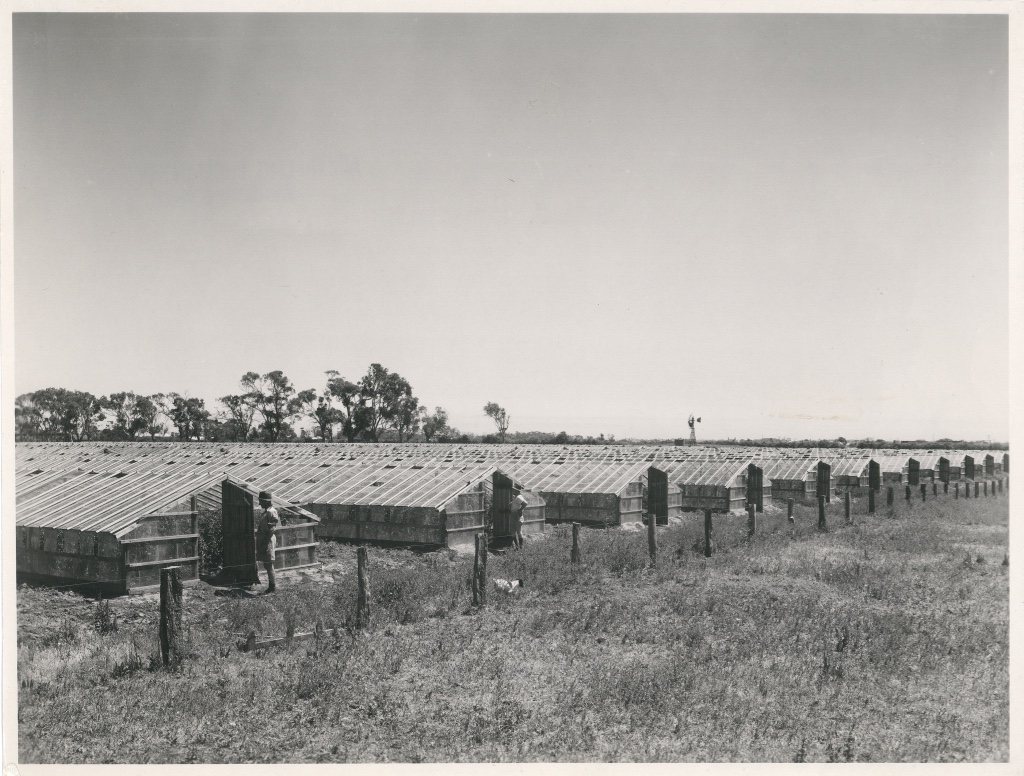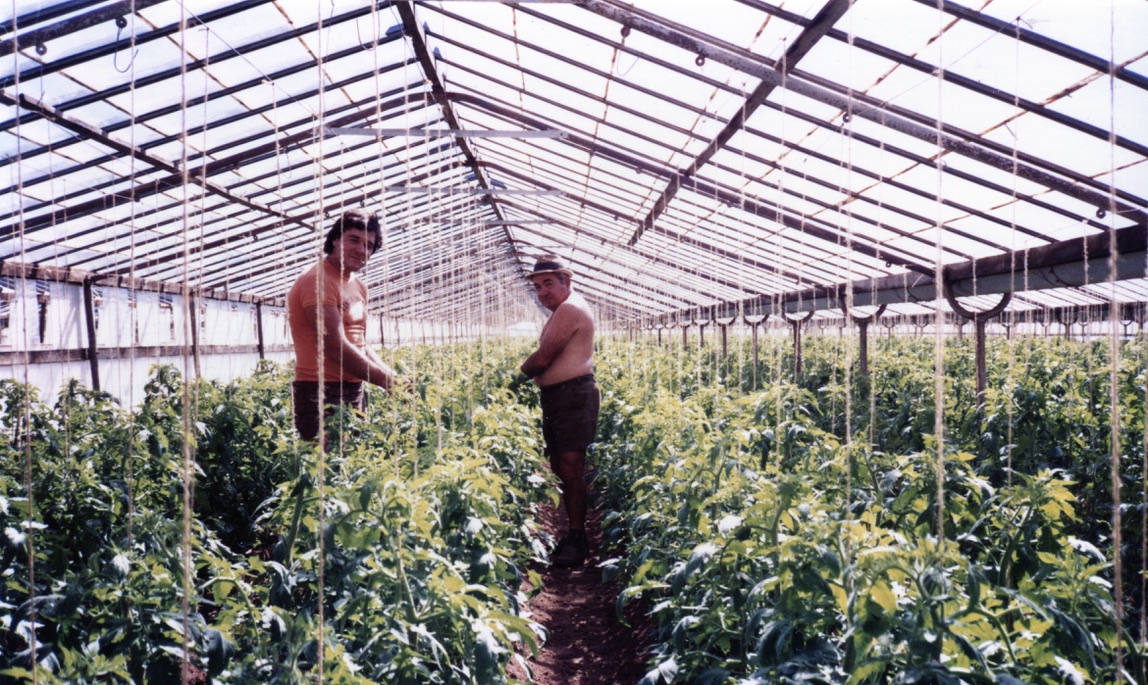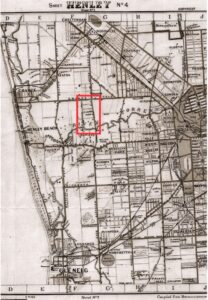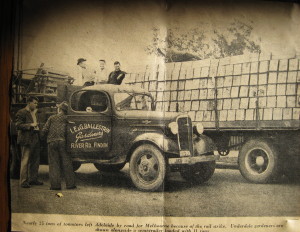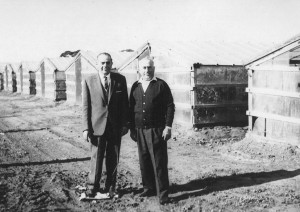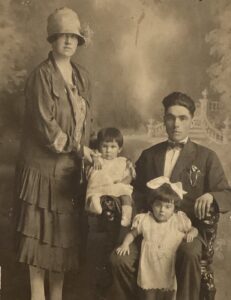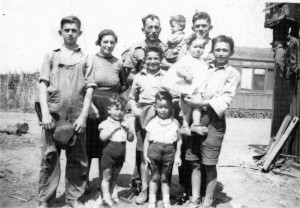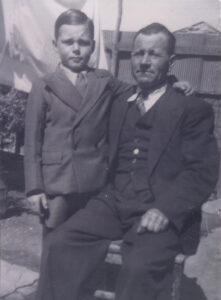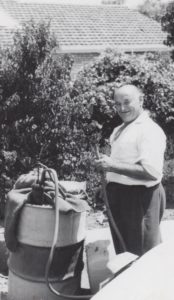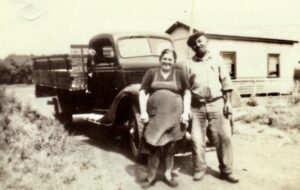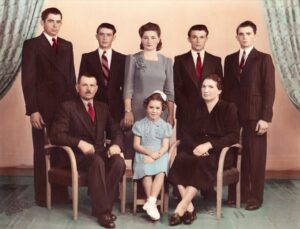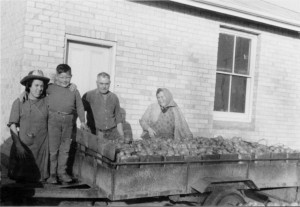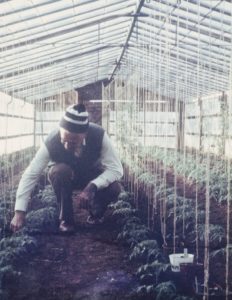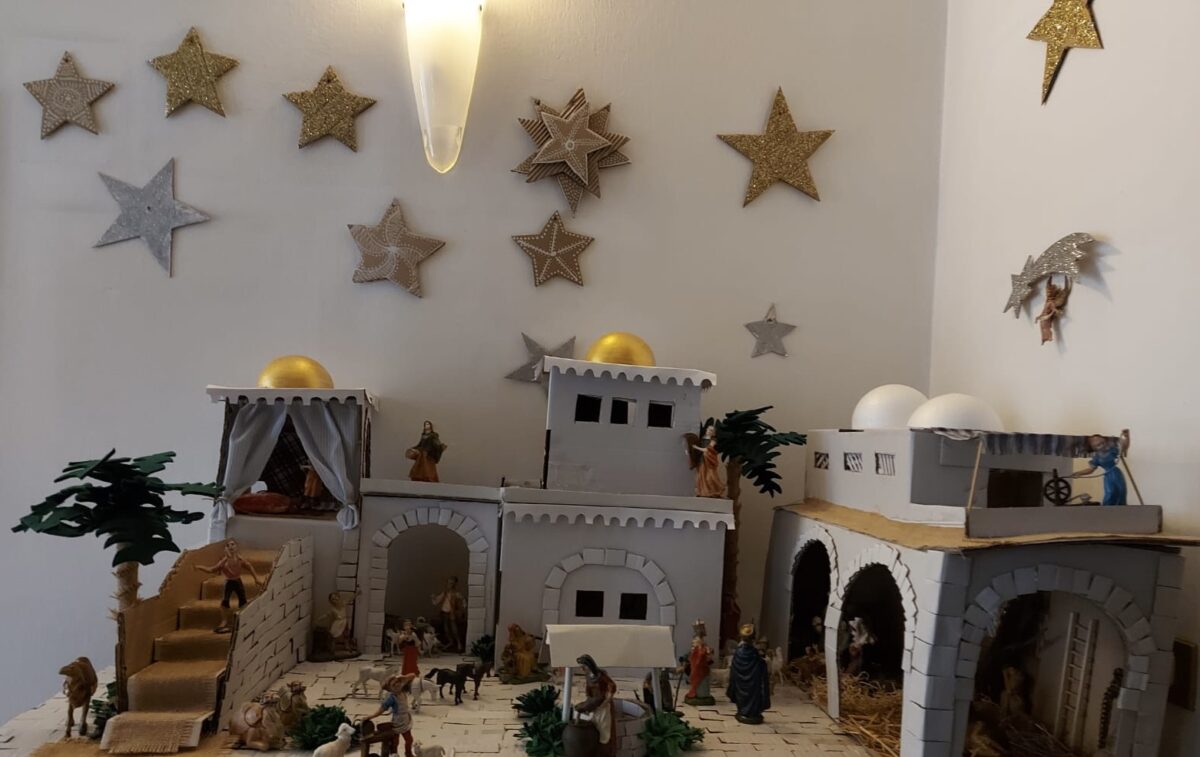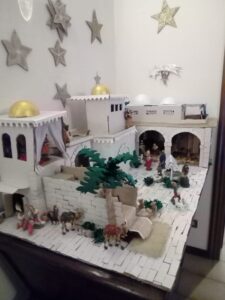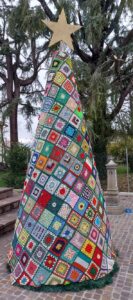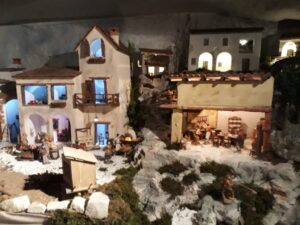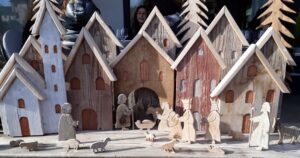At the moment I’m enjoying the tastes and smells of a great tomato season in Adelaide. I’m thinking about the hard work the Veneto market gardeners undertook in the glasshouses – including dismantling and putting them together again every two or so years before pesticides were used. I’m basing this blog on one I wrote in December 2019 to highlight the importance of glasshouses in the working lives of the market gardeners.
The Veneto market gardener families had glasshouses on their land although it was a form of cultivation that they had not seen used in the Veneto region. They grew tomatoes and beans in the glasshouses at Lockleys. Before chemicals were introduced to manage problems with disease, the market gardeners had to shift the glasshouses every couple of years to ensure the soil was not infected.
Johnny Marchioro explained the dimensions of the glasshouses:
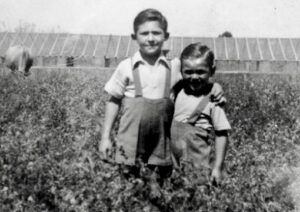
Single glasshouses [were] only 15 foot wide and 112 foot long … The middle of the glasshouse would only be about 6 foot 6, the side would be about 4 foot 6 … every two years they used to pull them down … (OH 872/1, 28 July 2008)
Following are some memories of glasshouses of six other people extracted from their interviews for the Veneto market gardeners’ oral history project. The recordings are held in the State Library of South Australia. You can also listen to the interviews on this website on the respective family pages.
Frankie Ballestrin (OH 872/7, 12 December 2008)
We used to change glasshouses at the age of 12, 13 … My cousin and myself, homework … was to drill holes and put up a row of posts each night we come home from school. Our parents would prepare the rails on the grounds and that was the start of setting up your glasshouse. And we put the rail in, then they’d have the rail on top of it and then we’d come home and nail the rafters in. You know, they’d show us what to do, sort of thing. And then carry on from there. And then slide up the glass and all the rest. It wasn’t easy.
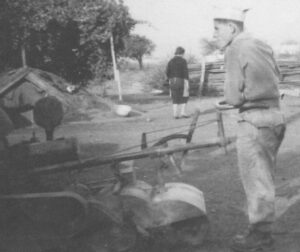
They were very low in those years … They were only two glass high. You could barely get in with a tractor …. Before, we used to dig them by hand. We used to dig them by hand with a fork.
Assunta Giovannini nee Tonellato (OH 872/6, 15 July 2010) Assunta speaks about her aunt and uncle and their market garden:
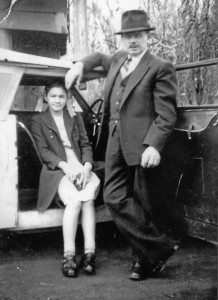
Well tomatoes, they mainly had glasshouses, I think they would have had about twenty-five glasshouses, something like that. They used to grow tomatoes and beans in the glasshouse, and then they’d grow vegetables, we used to grow potatoes, and I don’t remember, maybe cauliflower, some cabbages, I’m not very sure about that, you know, but I know the main crop was the tomatoes and the beans that were grown in the glasshouses, and the potatoes – when the potato season was on they used to plant the potatoes outside – and this was all virtually, mainly it was all along Frogmore Road that they had the glasshouses.
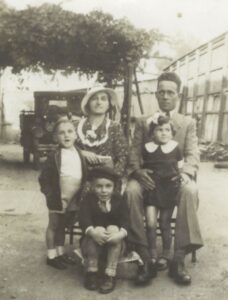
Lena Moscheni nee Rossetto (OH 872/32, 28 August 2014) Lena speaks about her father, Gelindo Rossetto:
Growing tomatoes was his thing. [He had] glasshouses, and I remember he had a horse called Beauty, it was a race horse. He had like a sledge, a real big one, and when he’d go into the glasshouses and put the tomatoes in the boxes then put them on this sledge, me and Aldo used to sit on them and the horse would drag us along. I remember that.
Diana Panazzolo nee Santin (OH 872/27, 13 September 2013)
And in the shed, in the big shed, all one side of the shed was where they’d grade the tomatoes. And so, the men would get the buckets and pour them, pour the bucket on this shelf which would sort of roll down, it was on this slant, and you’d have your half box here, another half box, another half box, you know all your little ones would go here, all your medium would go here, all the big ones would go somewhere else, and then the greener ones would go somewhere else. And that’s how they used to grade the tomatoes all by hand.
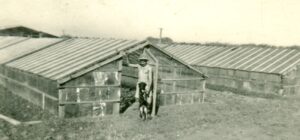
Dino Piovesan (OH 872/17, 23 September 2011)
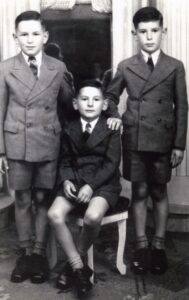
Back in those days the tomatoes would get diseases, okay, and then there was no chemicals to rid the soil of diseases like we have nowadays – you get chemical fumigants and so on that you can rid the diseases in the soil. So therefore, when they were there for a year or two, and the soil became so disease-ridden that you wouldn’t get a viable crop out of them, they had to be shifted. So, they would just be shifted post, pane of glass by pane of glass, and it had to be done in the hottest months of the year, after the last crops were out, in January and February. Again, I can remember as kids we dearly would have loved to go to the beach, but sometimes there just had to be glasshouses that had to be shifted. The glasses were that hot, you’d pick up two or three glasses at a time and you would almost drop them because they would be sitting in the sun, and really so hot that they were hard to handle.
Anna Santin nee Mattiazzo (OH 872/24, 17 April 2013)
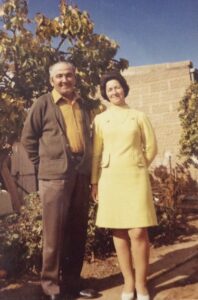
The crops used to finish around about December. January, February … you had to take down all the glasses and put them in boxes so they could shift the posts in a different part, and the men used to, the men used to be inside with us women on the outside pushing the glasses up. Oh, it was very, very hot … you’d burn your hands just about, and it had to be done until after, a few years afterwards, they used to inject the dirt in the glasshouses so they didn’t have to be shifted anymore.
Madeleine Regan
15 January 2022
